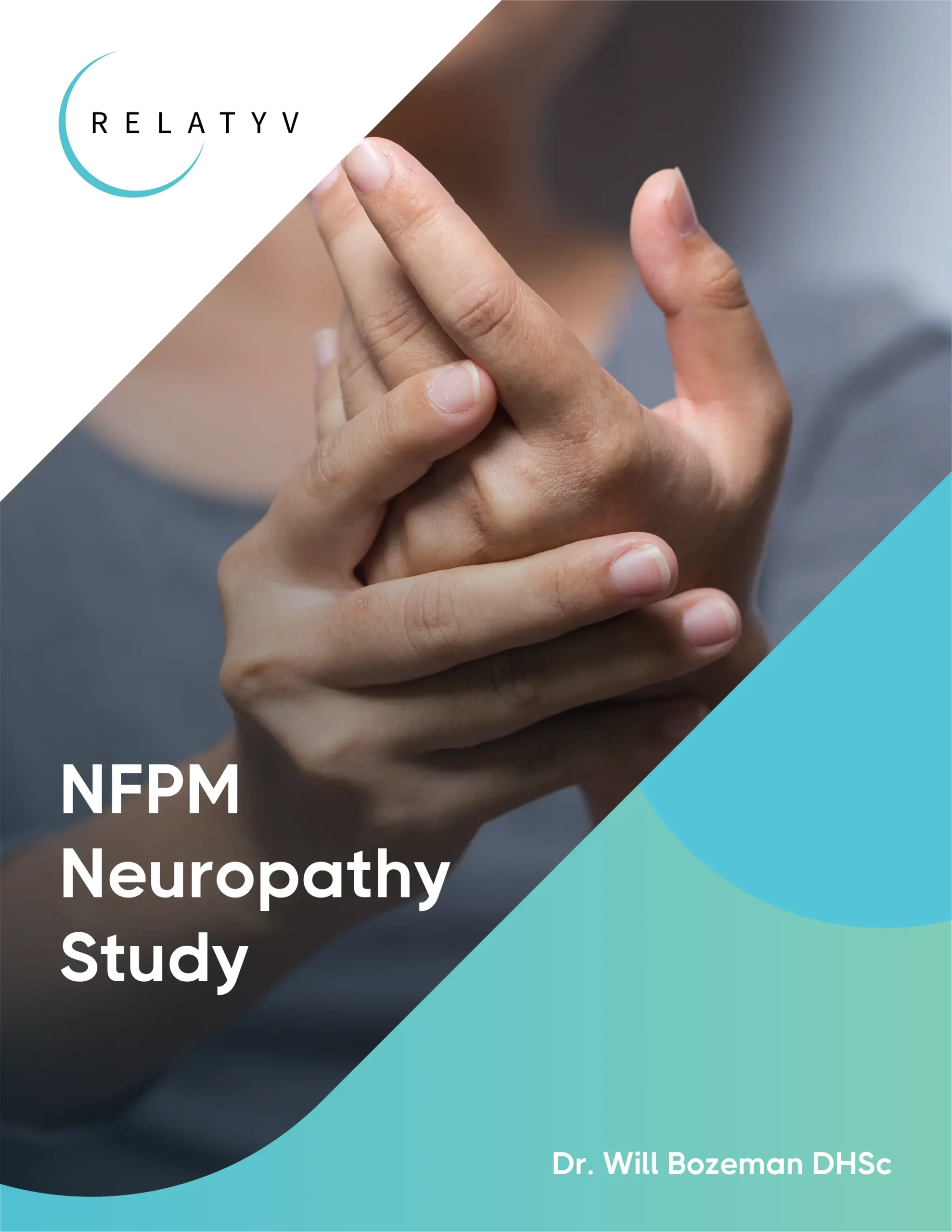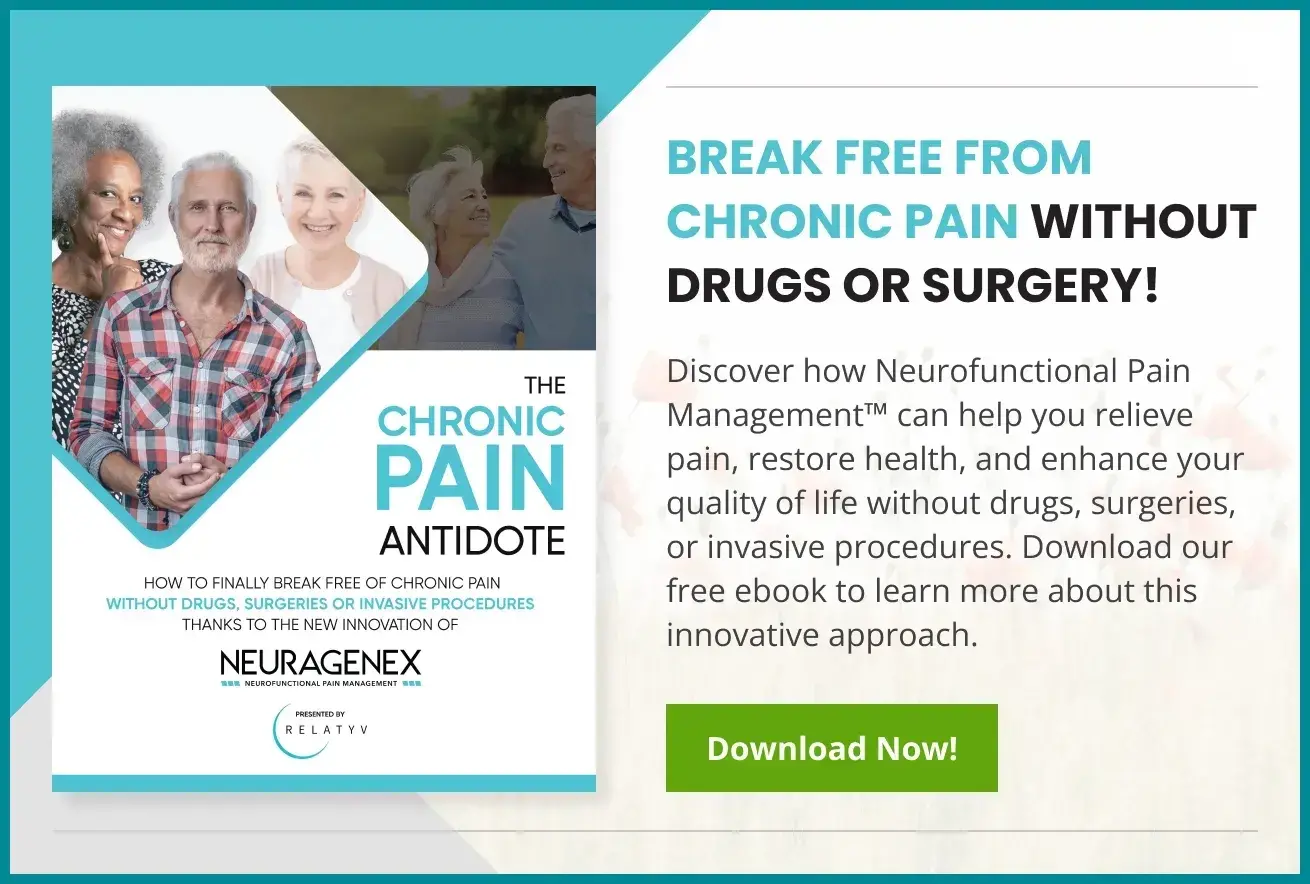Dealing with any type of pain in the elbow can make daily activities difficult, since the elbow is used for almost all movements involving the arm, from bending and straightening to rotating and gripping. As a result, chronic elbow pain can significantly impact your quality of life. One common cause of elbow pain is ulnar nerve entrapment. Although ulnar nerve entrapment can be incredibly painful and physically limiting, there are ways to manage your elbow pain without having to resort to pain medications or invasive surgeries.
Types Of Ulnar Nerve Entrapment
Ulnar nerve entrapment develops when the ulnar nerve (which runs all the way down from the neck to the hand) gets compressed or irritated at certain points along its pathway. Because of the length of this nerve, entrapment can happen at various points in the arm. However, the most common locations for ulnar nerve entrapment are at the elbow and wrist.
Cubital Tunnel Syndrome
Cubital tunnel syndrome occurs when the nerve gets compressed or irritated as it passes through the cubital tunnel at the elbow. This can cause tingling in the fingers, numbness, weakness in the hand, and pain.
Guyon’s Canal Syndrome
Guyon’s canal syndrome is a type of ulnar nerve entrapment that occurs at the wrist. The ulnar nerve travels through a narrow space called Guyon’s canal and can become compressed or irritated, leading to pain, numbness, and weakness in the hand.
Symptoms To Look Out For
There are a few telltale signs that you may be experiencing ulnar nerve entrapment. These can include:
Elbow Pain
Pain and discomfort in the elbow are often the first symptoms of ulnar nerve entrapment. This pain may be dull, achy, or sharp, and can range from mild to severe. A compressed nerve can cause pain to radiate from the arm into the hand. This is because the ulnar nerve provides sensation to the ring and little fingers, as well as some muscles in the hand, and any disruption can result in pain.
Hand Weakness
Experiencing persistent weakness in your hands can significantly impact your quality of life. If you have weakness in your hands, it can be difficult to perform everyday tasks. It can be especially problematic if you use your hands to perform your job. If you...
Numbness And Tingling In Fingers
Experiencing numbness and tingling in the fingers can be quite unsettling. It can feel like a strange sensation that starts with a subtle loss of feeling, followed by a tingling or “pins and needles” effect that can range from mild to intense. Over time,...
Muscle Spasm Near Elbow
Muscle spasms aren't always a cause for concern, especially if they rarely occur. However, regular muscle spasms should be taken seriously and managed accordingly - especially if you're experiencing additional symptoms, such as pain. Frequent muscle spasms,...
Bicep Muscle Spasm
If you’ve ever experienced painful muscle contractions in your biceps, you know how disruptive spasms can be. They can compromise your sports performance, make certain movements undesirable, and even get in the way of a good night’s sleep....
Bicep Tendon Pain
It is only normal to experience a sore bicep after an intense workout. However, when the pain becomes recurring or chronic, begins to interfere with your daily life, or compromises your athletic performance, it is crucial to seek adequate treatment and...
Muscle Spasm In The Arm
Experiencing muscle spasms in the arm can be quite uncomfortable and disruptive, as they may interrupt your daily life. However, with the right understanding and treatment approaches, they don’t have to stop you from doing the activities you enjoy. Whether...
Causes Of The Entrapment Of The Ulnar Nerve
Ulnar nerve entrapment can be caused by various issues, which is why it’s essential to schedule a visit with a healthcare professional to receive an accurate diagnosis. Some common causes include:
Injury And Trauma
Injury or trauma to the elbow, such as a direct blow or repetitive stress, can cause swelling and inflammation around the ulnar nerve. This can then lead to compression and entrapment of the nerve, resulting in symptoms of weakness, numbness, tingling, and pain. Common examples of injuries that can cause ulnar nerve entrapment include sports-related injuries, falls, and accidents that result in damage to the elbow area, such as fractures or dislocations.
Arthritis
Arthritis, a condition that leads to inflammation and stiffness of the joints, can also contribute to ulnar nerve entrapment. This is because arthritis can cause ligaments and bones to shift, putting pressure on the ulnar nerve at the elbow or wrist. Additionally, the inflammation caused by arthritis can lead to swelling around the nerve, further exacerbating the compression.
Broken Bones
Another potential cause of ulnar nerve entrapment is a broken bone in the elbow. When a bone breaks, it can shift out of place and put pressure on nearby structures, including the ulnar nerve. This pressure can then lead to compression and entrapment of the nerve.
Bone Spurs
Bone spurs are bony projections that develop in response to wear and tear or inflammation. In the case of ulnar nerve entrapment, bone spurs can develop in the elbow joint and put pressure on the ulnar nerve, resulting in compression and irritation.
Compressive Mass Lesions
A compressive mass lesion refers to any abnormal growth or tumor that puts pressure on the ulnar nerve, resulting in entrapment. These can include ganglions, lipomas, or other soft tissue masses that develop in the elbow area.
Diagnosing The Condition
To treat ulnar nerve entrapment properly, it’s crucial to have an accurate diagnosis. Since there are a wide variety of potential causes, your doctor will likely use a combination of methods to determine the exact source of your symptoms. These can include:
- Physical examination: Your doctor will likely start by examining your elbow and wrist for any visible signs of injury or trauma, such as swelling or tenderness. They may also test your strength, reflexes, and sensation in your hand to assess the extent of nerve damage.
- Magnetic resonance imaging (MRI): An MRI scan can provide detailed images of the tissues in and around the elbow, allowing your doctor to look for any signs of compression or damage to the ulnar nerve.
- Electromyography (EMG) and nerve conduction studies (NCS): EMG and NCS are tests that measure your nerves’ electrical activity and how well they communicate with your muscles. These tests help determine the extent of nerve damage and identify the location of the entrapment.
- X-rays: X-rays may be taken to check for any fractures, bone spurs, or other abnormalities that could be contributing to ulnar nerve entrapment.
Non-Surgical Treatment Options
Depending on your diagnosis, your doctor may recommend non-surgical treatment options to alleviate your symptoms and correct the underlying cause of ulnar nerve entrapment. These can include:
- Rest: Giving your elbow and wrist a break from repetitive movements or activities that aggravate your symptoms can help reduce inflammation and give the nerve time to heal.
- Splinting: Using a splint or brace can help keep your elbow in a neutral position and prevent further compression of the ulnar nerve.
- Physical therapy exercises: Strengthening and stretching exercises can help improve your elbow’s range of motion, reducing pressure on the ulnar nerve.
- Nerve gliding exercises: These exercises involve moving your fingers and wrist in specific ways to help mobilize the ulnar nerve and prevent scar tissue from forming.
Surgical Options And When To Consider Getting Surgery
If non-surgical treatment does not provide relief or improve nerve function – or the underlying cause of ulnar nerve entrapment is severe – your doctor may recommend surgery. It’s important to note that surgery may not completely resolve the problem and can carry risks, so it should only be considered as a last resort. Additionally, some individuals may not be good candidates for surgery because of other health conditions or personal preferences. Some common surgical options for treating ulnar nerve entrapment include:
- Surgical release: During a surgical release, the ligament that sits on top of the ulnar nerve is cut to relieve pressure and allow more space for the nerve to move freely. It’s an invasive procedure that may require a splint or brace post-surgery. As with any surgery, there are risks involved, including infection, bleeding, and nerve damage. Additionally, some individuals may experience scar tissue formation that can lead to recurrent symptoms.
- Ulnar nerve transposition: In this procedure, the ulnar nerve is moved from its original position behind the elbow to a new position in front of it. This helps relieve pressure on the nerve and can prevent future entrapment. However, it is a more extensive surgery than a simple release and may carry more risks.
- Nerve grafting and neuroma excision: In rare cases, severe nerve damage may require a nerve graft or removal of damaged tissue (neuroma) to restore nerve function. These procedures may involve longer recovery times and carry additional risks.
Neuragenex Neurofunctional Pain Management Protocol For Ulnar Entrapment Pain
If more conventional treatment isn’t working and you don’t want to resort to potentially risky surgical procedures, the Neuragenex NFPM protocol is an effective alternative solution. We use the Neuragenex Neurofunctional Pain Management approach, meaning that we use a variety of drug-free, non-invasive, and non-surgical methods to address the underlying neurological factors contributing to your pain. These methods are part of a whole-person pain management plan that includes the following treatment modalities:
Electroanalgesia
Electroanalgesia is a pain management technique that uses high-pulse electrical current to ease pain, boost blood circulation, improve mobility, and induce...
IV Therapy
IV nutritional therapy, or intravenous therapy, involves administering vital nutrients directly to the bloodstream through an IV. This type of treatment bypasses the digestive system, allowing for maximum absorption and utilization of nutrients by the...
Lifestyle Counseling
Lifestyle counseling is an approach to managing chronic pain that involves identifying, assessing, and modifying lifestyle factors contributing to an individual's pain. For example, lifestyle factors such as nutrition, physical activity, stress, sleep quality...
Unlock Life’s Full Potential And Embrace A Pain-Free Journey
You should see a doctor if you experience symptoms of ulnar nerve entrapment. Proper diagnosis and treatment can help prevent further damage as well as improve your chances of finding relief without surgery. One way to manage ulnar nerve entrapment pain without surgery is through the Neuragenex Neurofunctional Pain Management protocol. We use a whole-person approach to help our patients find long-term pain relief and improve their overall quality of life. With our comprehensive treatment modalities and lifestyle counseling, we aim to unlock your full potential and help you embrace a pain-free journey. Don’t let ulnar nerve entrapment hinder your daily activities any longer – reach out to us today for more information on how we can help you.
Experience relief from the discomfort of ulnar nerve entrapment.



